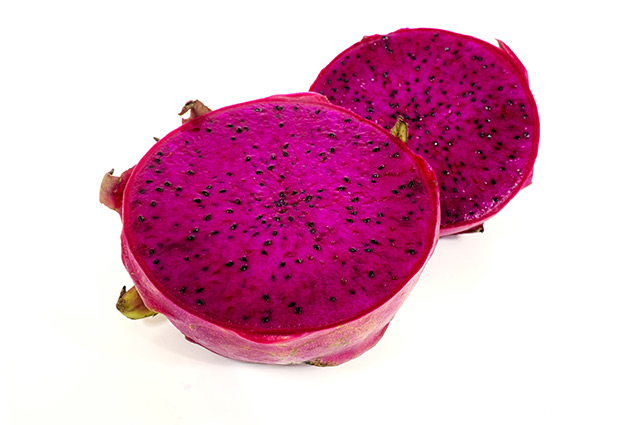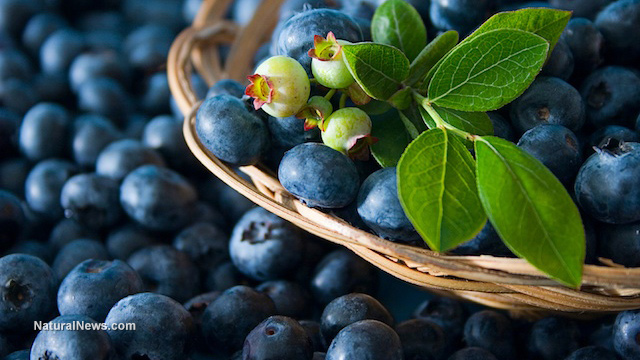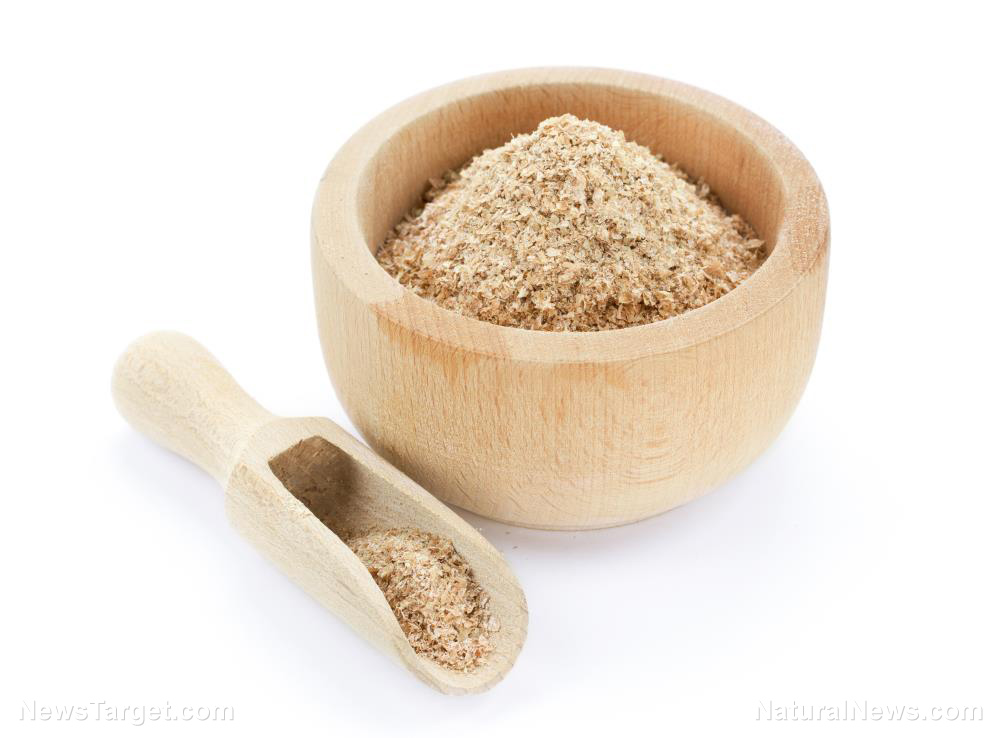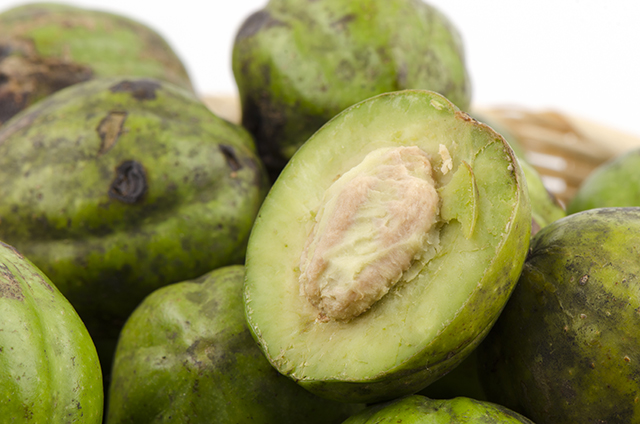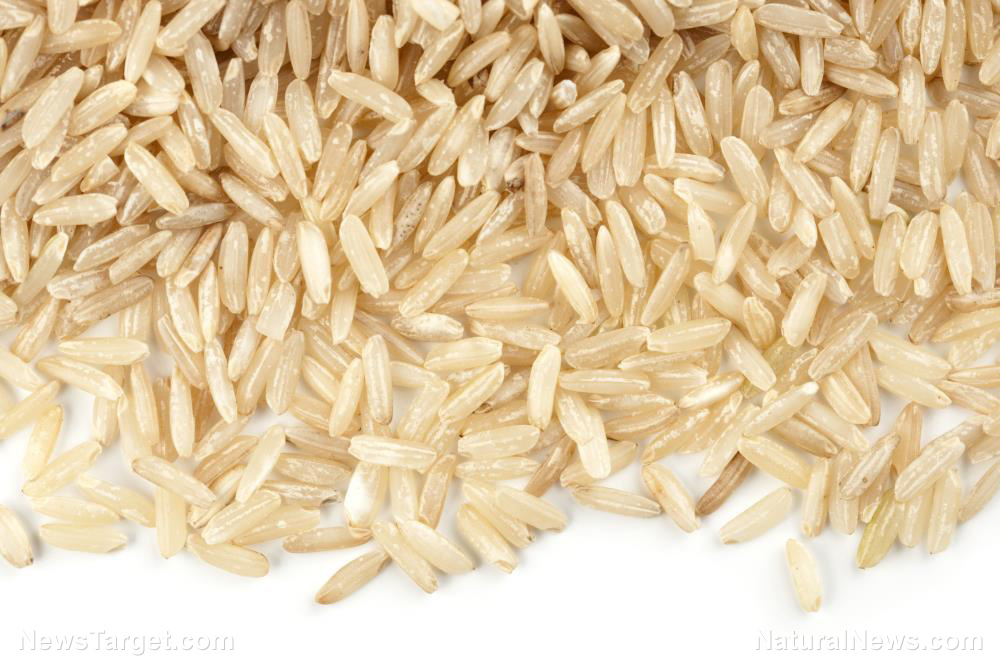Purple potatoes may cut your risk of developing colon cancer and inflammatory bowel diseases, new research says
09/24/2017 / By JD Heyes

The first experience I had with “purple” potatoes was earlier this summer when my bride and I had several Army buddies over for a social gathering, and one of our guests brought a multi-colored potato salad as her contribution to the food table.
I was flabbergasted, as was my friend’s hubby, who told me he’d never even heard of purple potatoes before his wife brought them home from the store and began preparing the dish for our party.
I responded in kind. “First I’ve heard of them too,” I said.
Little did I know, later in the evening when it was time to dish up a plate and I was helping myself to some of my friend’s multi-colored tater salad, that I may have been helping to reduce my risk of colon cancer in the future. As reported by the UK’s Daily Mail, new research indicates that a diet including purple potatoes may do just that.
Researchers who fed pigs a diet that included the vegetables found that levels of damaging protein known to help fuel the growth of tumors while causing additional inflammatory bowel diseases were reduced by a factor of six.
The results are in line with other findings from separate studies involving other colorful vegetables like broccoli and red grapes. The study involving purple potatoes merely adds to that existing body of research that a so-called “rainbow diet” consisting of colorful veggies and fruits works to substantially reduce your risk of developing chronic diseases.
The research team, from Penn State University, said that learning how these various rainbow food compounds work at the molecular level could lead to discoveries of new anti-cancer treatments and other conditions that are potentially deadly.
“Ancient wisdom, as well as modern evidence, suggests plant-based diets can potentially prevent a variety of chronic diseases, such as type 2 diabetes, heart disease, and even cancer,” said Prof. Jairam Vanamala, a food scientist, said.
“When you ‘eat from the rainbow’, like red grapes, purple potatoes, green broccoli, we are not providing one compound, we are providing a wide variety of compounds, thousands of them, that work on multiple pathways, and cause the self-destruction of cancer stem cells,” he added, as the Daily Mail reported.
Researchers used pigs in their study because the animals have very similar digestive systems to humans. The team discovered that a pig diet that included the purple potatoes helped suppress the spread of colon cancer stem cells, even in the presence of a high-calorie diet.”
Researchers found that their pig subjects had six times less IL-6 (interleukin-6) in their systems compared to pigs in a control group. The compound is a damaging protein that helps grow cancerous tumors while causing other inflammatory bowel diseases. (Related: Purple potatoes pack serious antioxidants compared to their white-fleshed counterparts.)
The team said that both cooked and baked purple potatoes had the same effect.
Vanamala said that the elevated levels of IL-6 are also linked to other proteins like Ki-67, which also promote the growth of tumors.
“What we are learning is food is a double-edge sword,” he said. “It may promote disease, but it may also help prevent chronic diseases, like colon cancer.”
He added: “What we don’t know is, ‘How does this food work on the molecular level?’ This study is a step in that direction.”
The Daily Mail noted further:
His team said eating whole foods that contain macronutrients – substances humans need in large amounts such as proteins – as well as micro and phytonutrients like vitamins, carotenoids, and flavonoids, may alter the IL-6 pathway.
Their study was published in the Journal of Nutritional Biology. It reinforces previous research that indicates cultures that have plant-based diets are subject to lower rates of bowel cancer than those that include more meat in theirs.
In the U.S., bowel cancer is the second-leading cause of cancer-related deaths and a leading killer in other Western countries.
J.D. Heyes is a senior writer for NaturalNews.com and NewsTarget.com, as well as editor of The National Sentinel.
Sources include:
Tagged Under:

